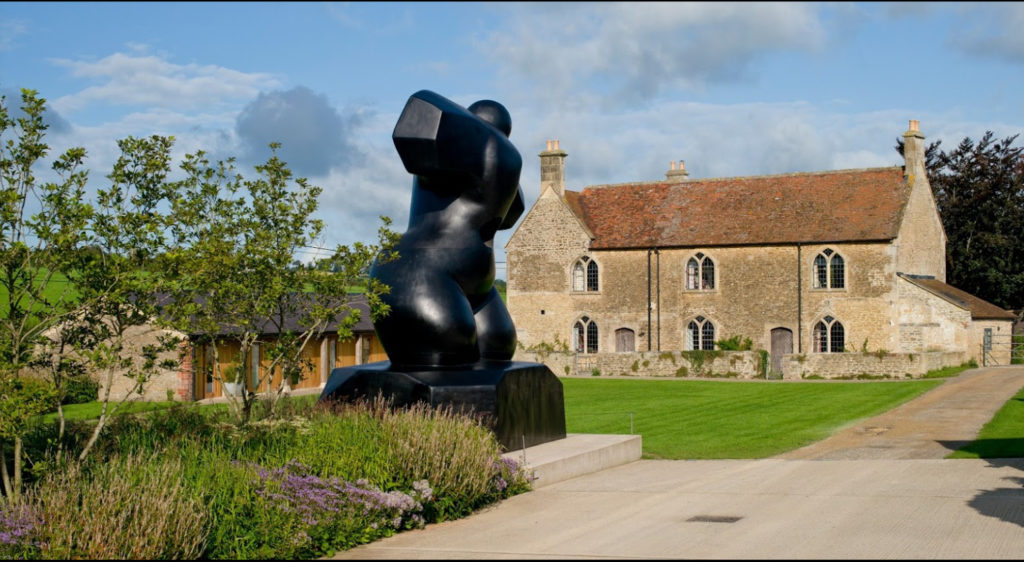
In hindsight, it is hard to fathom how a quiet Somerset village could have become one of the UK’s principal contemporary art destinations.
Iwan and Manuela Wirth first visited Bruton in 2006 - falling in love with this pastoral idyll so far removed from their city art galleries in Switzerland, New York and London.
The original intention was to save Durslade Farm, a collection of dilapidated barns and buildings, from total ruination. Today, Hauser & Wirth Somerset is a pioneering and hugely popular world-class destination for enjoying contemporary art, architecture and the Somerset landscape.
Following meetings between local architect benjamin+beauchamp, the main contractor Emery and architectural design agency Laplace in 2013, TBKS were appointed to source the architectural hardware for over 100 doors and windows for the six different buildings within the project.
TBKS' task was to bring together a consistency of product for use in both the heritage and new buildings, ensuring appropriate functionality with security as the highest priority.
During the next 18 months over eighty different architectural ironmongery products were sourced. TBKS admit that fulfilling the technical requirements of existing traditional doors and windows with future functionality for robust public access and always maintaining an authentic aesthetic did present some interesting challenges.
Guided by Laplace, the ironmongery chosen featured both traditionally cast and extruded bronze products - in solid and applied finishes. Hidden closers for all secure doors were a prerequisite - but given the large size of the doors, TBKS supplied the largest model available, the Dorma ITS96, which was installed in the top rail of each door.
Locks that would work seamlessly with the gallery’s security system were sourced, together with bespoke ironmongery, including 5ft long strap hinges, 8ft galvanised surface bolts and small bronze hook plates for the many small arched headed double casement windows.
As Richard Grattidge, MD at TBKS explains, the project required equal measures of research, innovation and planning: “The Hauser & Wirth project was a real brain teaser, with so many different elements to consider. But the key to the scheme was the choice of bronze - whether solid items from the Cardea range, or extruded items with cleaner lines – this finish helped to pull the whole job together. The original dark finish of the bronze has aged with a patina that suits the buildings perfectly. Visiting today, six years after it opened for the very first private view, the ironmongery looks like it has been there forever”.
Working with the contractor, TBKS ensured that delivery of the ironmongery was timely and well organised, with additional fitting instructions provided for more complex installations. On-site checking, prior to handing over the project in pre-determined phases, ensured that every element of hardware was working as it should.
TBKS continues to provide architectural ironmongery schedules and advice, especially of a historical nature, where adherence to 21st century regulation is required.